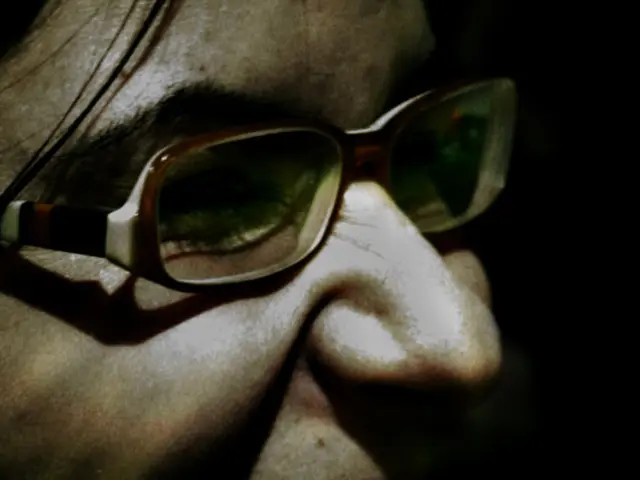Love's conundrum: understanding why affection causes pain and prompts separation
navigating relationships can be as tricky as a cold winter night for two hedgehogs. Clara, a woman in search of connection, finds herself feeling empty alone, yet suffocated when in a relationship. This, she confesses, is her existential dilemma.
Meanwhile, Carlos, 48, admits his fear of being hurt often overpowers his desire for a companion, leaving him feeling alone and with his self-esteem shattered.
To understand this human conundrum, philosopher Arthur Schopenhauer imagined a hypothetical scenario - the dilemma of the hedgehogs. Two cold creatures seeking warmth, yet their quills hurt them when they get too close, and they freeze when moving away. They find a distance that lets them share warmth without causing harm but it's never completely satisfactory, according to Schopenhauer, as it leaves a lingering dissatisfaction.
You might be interested in understanding how to develop your own "inner warmth," capable of reducing emotional dependence on others. Drawing inspiration from Elizabeth Gilbert's work, one can start by practicing self-discovery through journaling, exploring interests, and engaging in mindfulness practices such as meditation or yoga. Building resilience involves embracing solitude, setting boundaries, and nurturing inner warmth through compassion and self-love.
As for forgiveness, releasing past hurts is essential for promoting healing and freeing up emotional energy. Creative pursuits, such as writing, painting, or music, can also help tap into one's inner resources, providing a sense of fulfillment.
In the end, finding the perfect balance in relationships remains a complex challenge. While living with the quills of others isn't easy, it's also what allows us to grow and experience the warmth of human connection. And perhaps, our true learning lies in embracing the ambivalence of relationships, with their lights and shadows, as part of the journey of life.
What if our relationships mirror the dilemma of Schopenhauer's hedgehogs, where closeness brings fear of being hurt and distance leaves us cold? Clara, in her existential turmoil, feels an emptiness when alone yet suffocated in relationships, expressing her ambivalence towards connection. Similarly, Carlos, apprehensive of pain, finds himself lonely, his self-esteem eroded.
To counteract this persistent loneliness, we might seek to cultivate our "inner warmth," as advocated by Schopenhauer. This might involve delving into self-discovery through journaling, pursuing personal interests, and practicing mindfulness in the forms of meditation or yoga. Foster resilience by embracing solitude, setting boundaries, and nurturing inner warmth through compassion and self-love.
Forgiveness, too, plays a crucial role in personal growth. Letting go of past hurts can facilitate healing and develop emotional resilience. Creative pursuits can help tap into our inner resources, offering a sense of fulfillment.
In the end, the delicate dance of relationships continues to present an insurmountable challenge, filled with thorny quills yet warmed by human connection. It's in the acceptance and embrace of this ambivalence that we find growth – learning to appreciate the duality of relationships as part of our broader journey of education, self-development, and personal growth.









